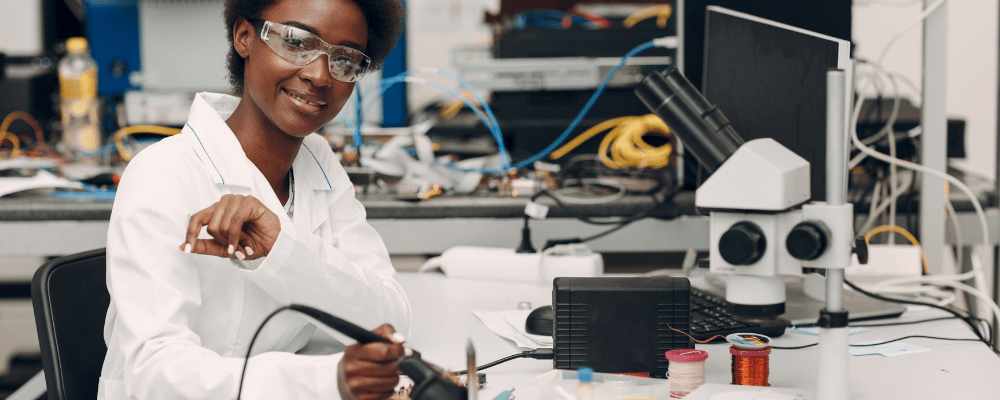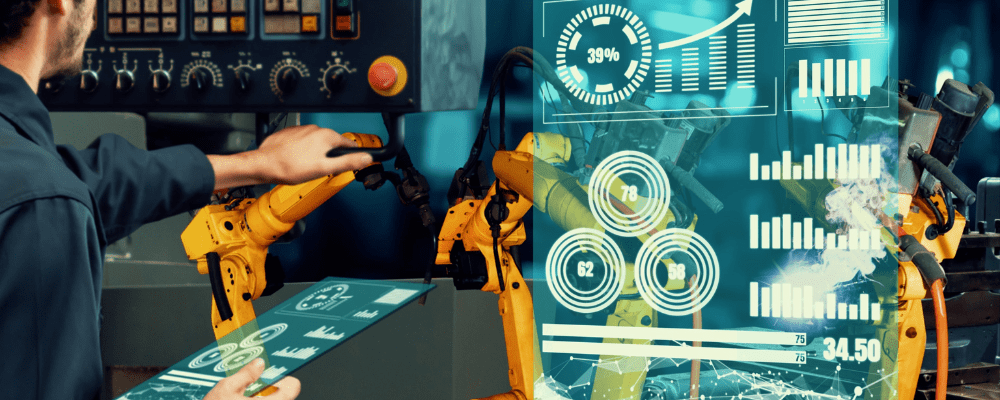In recent years, the world of technology has witnessed an astounding transformation with the advent of 3D Printing. In this blog, we will delve into the intricacies of this revolutionary technology, exploring its rise, impact, and prospects. Buckle up, tech experts, as we embark on a technical journey through the mesmerizing realm of this type of Printing.
Understanding the Fundamentals of 3D Printing
What is 3D Printing?
At its core, it, also known as additive manufacturing, is a process that involves creating three-dimensional objects from digital designs by layering material, typically plastic or metal, one thin slice at a time. This technique offers unparalleled precision and versatility, making it a game-changer in various industries.
The Birth of 3D Printing
The roots of 3D Printing can be traced back to the 1980s when the first patent for the technology was filed. However, in the early 2000s, this Printing began to gain significant traction. The initial applications were mainly in rapid prototyping, but the potential for much more was evident.
The Rise of 3D Printing: Technological Advancements
Advancements in Materials
The evolution of 3D printing technology has been underpinned by a critical factor: the continual development and diversification of materials suitable for this revolutionary manufacturing process. This section explores the pivotal role that materials have played in the ascent of 3D Printing, from thermoplastics to cutting-edge bio-inks, and how this diversification has expanded the scope and application of this transformative technology.
The Versatility of Materials
At the outset, 3D Printing primarily relied on thermoplastics, a class of polymers that soften upon heating and solidify upon cooling, as its primary material. This initial material limitation constrained the range of applications for 3D Printing. However, in the ensuing years, advancements in materials science have brought forth a wide array of substances compatible with 3D printers.
Thermoplastics: The Foundation
Thermoplastics remain integral to 3D Printing. Their attributes include durability, ease of use, and affordability. Varieties like PLA and ABS have become staples for hobbyists and prototyping applications.
Metals: For Structural Excellence
The introduction of metal 3D printing has been a game-changer, especially in industries like aerospace and engineering. Alloys such as titanium, aluminum, and stainless steel can now be precisely printed, creating robust and lightweight components.
Ceramics: For Heat Resistance and Precision
Ceramic materials have found their niche in 3D Printing, known for their high-temperature resistance and electrical insulating properties. It makes them suitable for manufacturing intricate parts in industries like electronics and healthcare.
Bioinks: Revolutionizing Medicine
One of the most exciting breakthroughs is the development of bio-inks, which enable this type of Printing of living tissues and organs. This groundbreaking advancement holds immense promise for regenerative medicine and personalized healthcare.
Expanding Horizons
Expanding materials suitable for this Printing has opened new horizons across diverse industries. From fashion designers crafting intricate jewelry in metal to healthcare professionals creating custom implants, the possibilities are boundless. Engineers can experiment with materials that precisely match their desired characteristics, enhancing product performance and innovation.



